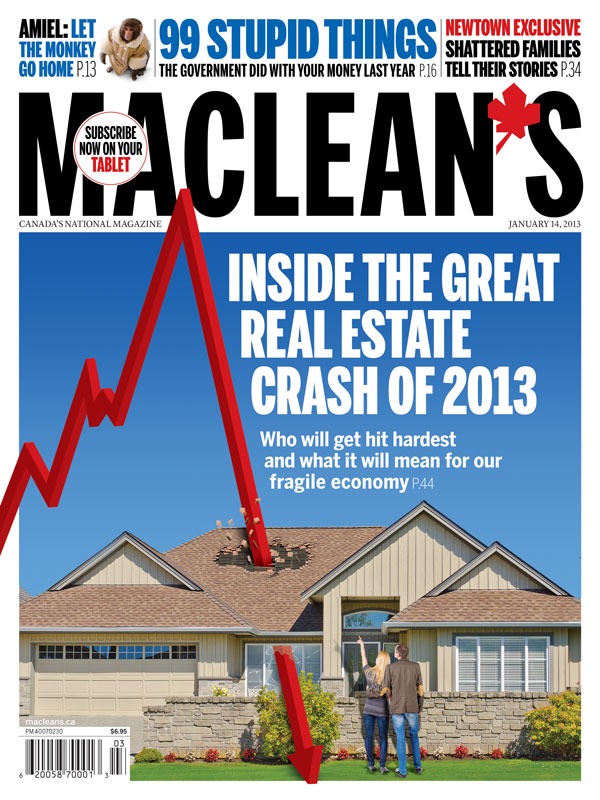There’s a consistent sort of headline since… forever.
“The crisis is coming, the crisis is coming!”
It this real?
Rate are up, activity is down, prices are down (sort of)… is disaster imminent?
Is disaster here now?
You be the judge, here is some real data.
At the end of 2022, I was fortunate enough to interview the President and CEO of a major Canadian Mortgage Finance Corporation, and we obtained up-to-the-minute data on arrears.
As we wrap up 2023, he and I were able to have a follow-up conversation, again with real-time numbers.
Out of 300,000 mortgages on the books; how many do you think are in 90 days in arrears?
How many households are 3 months behind on their payments?
Over the past few weeks, I’ve sat around a conference table with nearly 100 individual experts, like yourself, hosting four-hour deep-dive mastermind sessions into all things brokering.
The question put to each of these Brokers was the same question I put to you now:
How many of those 300,000 households have missed three mortgage payments in a row?
The responses ranged, and no doubt some of you will think along the same lines:
50%
33%
25%
20%
15%
10%
5%
3%
2%
1%
0.1%
The actual answer in 2022?
164 households.
But 2023 is another story! Oh boy.
You saw this coming didn’t you?
For 2023, of 300,000 clients; how many are 3-months behind?
50%?
33%?
25%?
20%?
15%?
10%,?
5%?
3%?
2%?
1%?
0.1%?
Nope.
187 households.
If you think the real headline here is that defaults have risen 10%, you’re missing the key point.
And if you were guessing closer to 5% – you are in good company.
Out of the 100+ brokers I’ve asked this question, only one answered 0.1%, and that’s still nearly twice the actual number.
The consistent answer, if I average all of the answers out was closer to 6% (or 18,000). T
And this answer is wrong by a factor of 1000X.
1000X wrong.
Ouch
So no, we don’t have a default problem in Canada, nor are we headed there anytime soon, despite what the media would have you believe.
Indeed, there were people around that table multiple times who made the comment (last year) “it’s going to get a lot worse next year.”
Did it?
No.
The difference between 164 households and 187 households is 13.
13 individuals out of a sample size of 300,000 is most definitely considered a rounding error, not an increase.
The problem we have is not with the arrears or defaults per se. The problem we have is with perceptions and bias. And it is not as simple ‘this media is bad’ as each of us is more easily influenced toward the negative in a number of ways. It’s just how we humans are wired (self preservation), but we have to move past this mindset and apply real numbers.
Our job is to apply math, logic, and facts to our clients’ situations.
I strongly advise each of you to take the above math, and content, and present it to your own clients. Whether you do so conversation by conversation, through a video post, through a blog post, or through an E-blast.
Just do it.
Be the ray of sunshine in your clients’ lives. Things are not as bleak as so many believe. If you guessed one percent or higher to the question above, spend some time asking yourself why you thought that. You’re in an industry where the arrears rates have typically hovered around 0.27% for the past 30 years. You knew this statistic, didn’t you?
And during the economic crisis of 2008, that arrears rate went from 0.27% to a high of 0.41%. If you’ve been in the business for any length of time, these are common numbers that you would know. Why would you have guessed any higher?
I will leave you to think on that question.
Go forth and be positive!
DW
